Totally ready for April’s total eclipse? Where, when and how to witness the event of the decade
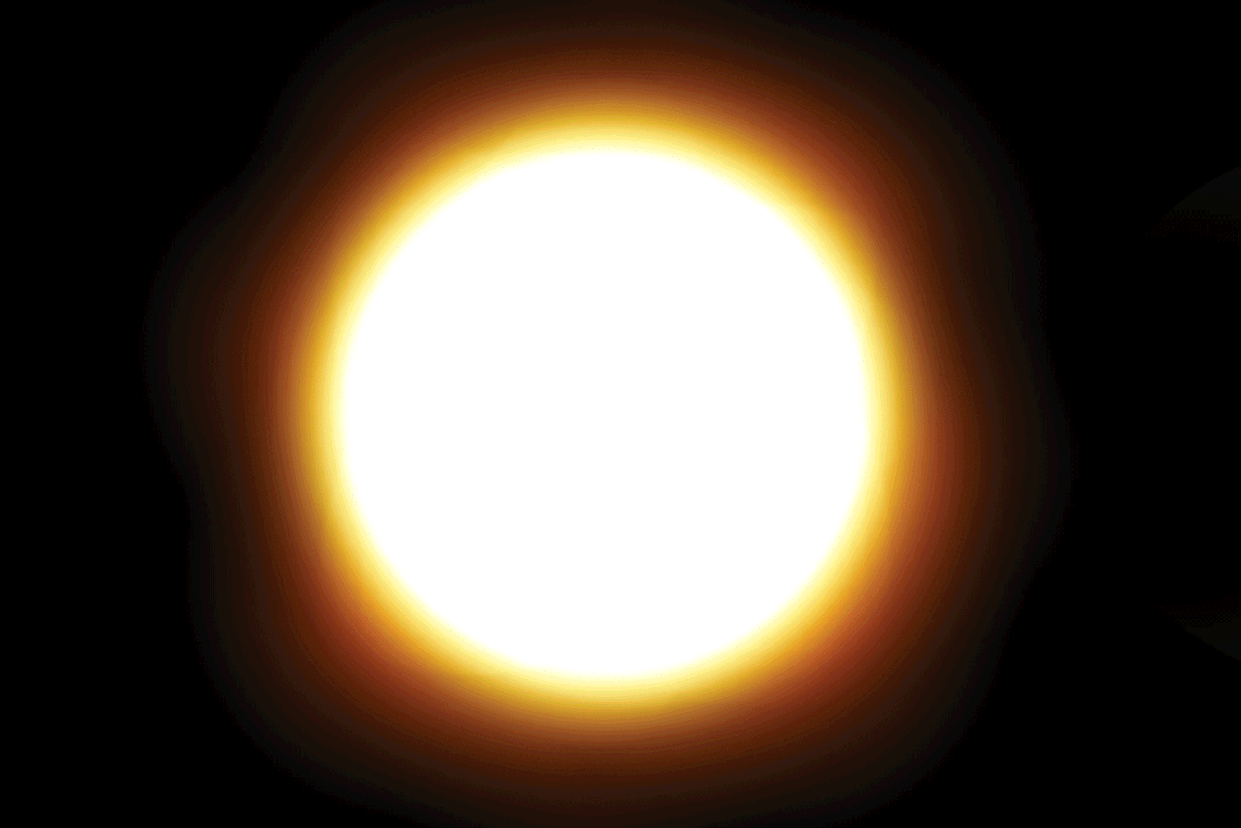
On April 8, 2024, the shadow of the moon will move across the land of the free, blotting out the sun and darkening the days of millions in a total solar eclipse.
This is a big one, extending from Mexico’s Pacific Coast across North America, touching 15 states from Texas to Maine and pulling itself all the way to the coast of Newfoundland, Canada.
A solar eclipse occurs when a new moon is positioned between the earth and the sun and casts its moody, moony shadow upon us.
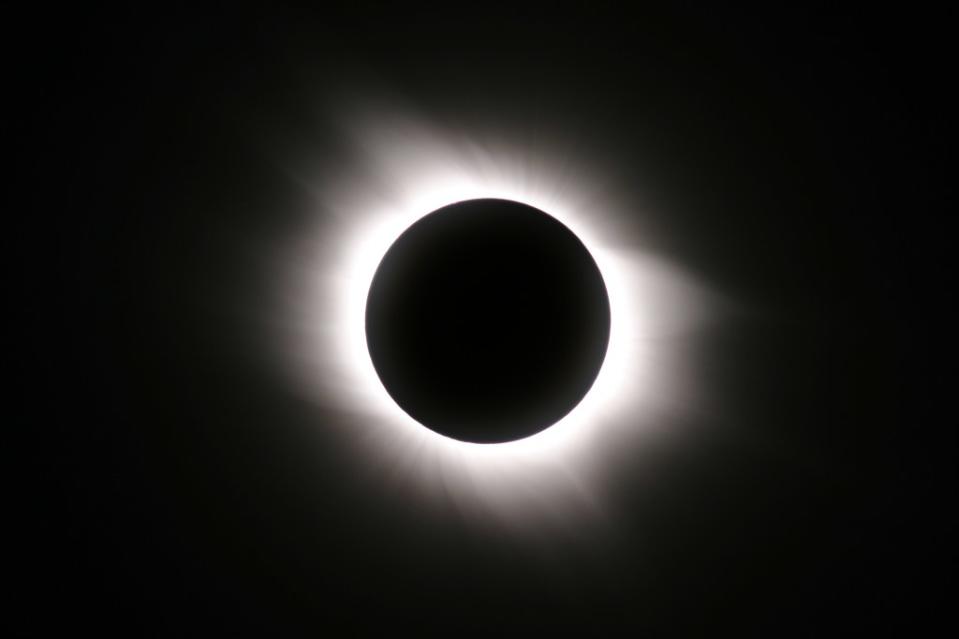
A total solar eclipse like the one we have next month transpires when the earth, moon, and sun are in perfect alignment, a process that takes roughly one hour.
And then my dudes, under the path of totality, darkness will reign, stars will shine, monkeys will mate and bird song will cease for up to four and a half minutes, nearly double the darkness many of us witnessed during the total solar eclipse in 2017.
For extra fireworks, at the time of the big event, both sun and moon will be in the hot pants, hellfire and heavy metal sign of Aries.
How, where and why to watch this celestial marvel? Read on to learn more.
How rare is a total solar eclipse?
Total solar eclipses happen every one to three years, but are typically only visible from the poles of the earth or the middle of the ocean.
The 2024 total solar eclipse stands apart as it will pass over a wide swath of cities and densely populated areas.
An estimated 31.6 million people live in the path of totality this year and an additional 150 million live within 200 miles of the path, making it easier for more people to see the best of the darkest.
Add to the widening dark that the path itself will range from 108 to 122 miles wide. By contrast, the path of the 2017 solar eclipse was 62 to 71 miles wide.
When is the next solar eclipse after 2024?
The next total solar eclipse will take place on August 12, 2026 and totality will be visible to those in Greenland, Iceland, Spain, Russia, and a small slice of Portugal.
If you miss the chance to see the April 8th total solar eclipse you’ll have to wait/stay alive until August 23, 2044 to see another one on US sky and soil.
Does it get dark during a total solar eclipse?
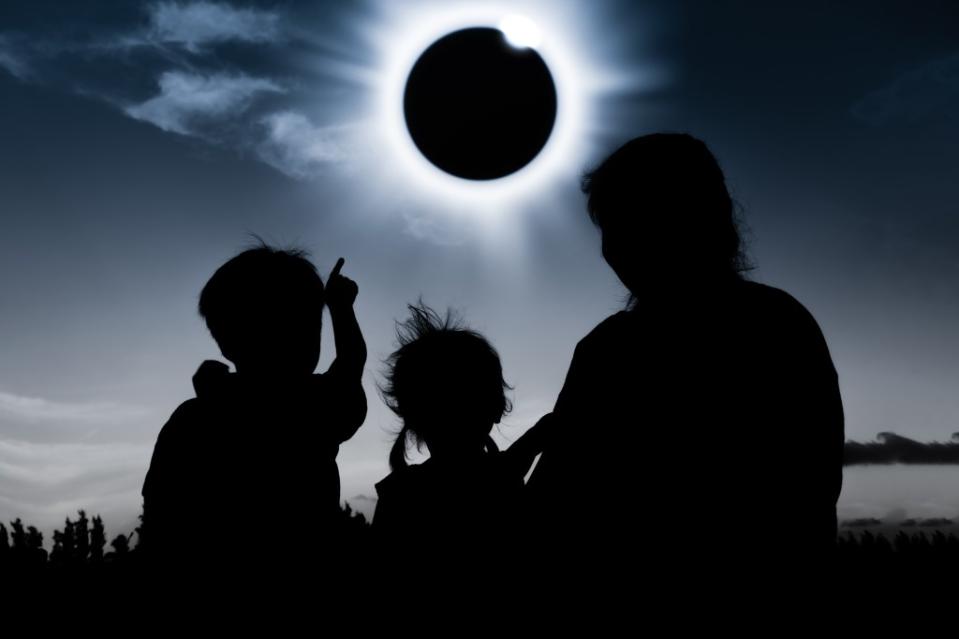
A total solar eclipse happens when the new moon passes between the sun and earth, wholly obscuring the face of the Sun. The sky will darken as if it were dawn or dusk. In short, yes it gets dark but not pitch black. Before and after totality, a sliver of sunlight escapes, encircling the moon in a dazzling ring.
We can’t normally see the sun’s outermost atmosphere, or corona, because the surface of the sun, in all its infernal glory, dims the brightness of the corona, which is roughly 10 million times less dense than the sun’s surface.
But, on April 8th, day of days, the moon will block the bright light of the sun’s surface — giving us a privileged peek.
How to view the eclipse safely
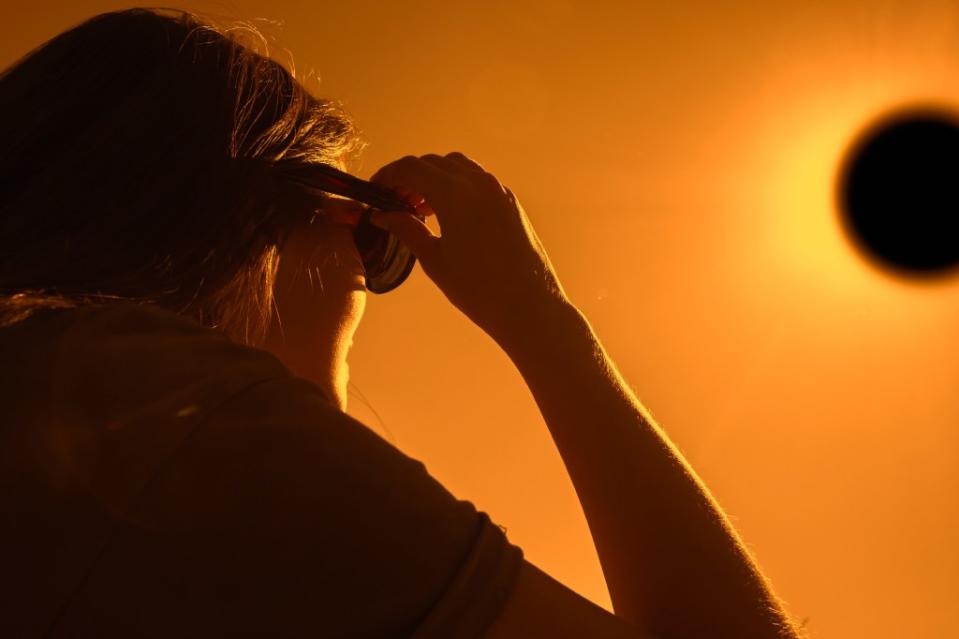
Safety first. While ‘don’t stare at the sun’ seems like obvious advice, things are slightly more nuanced during an eclipse.
To avoid serious injury to the eyes, it is necessary to view the sun through proper eyewear like eclipse glasses, or a handheld solar viewer, during the partial eclipse phase before and after totality.
Spectators and supplicants should only remove eye protection during the brief and glorious period of totality when the moon completely shadows the face of the sun.
Where to watch the April 8th, 2024 total solar eclipse
Letchworth State Park, Western New York
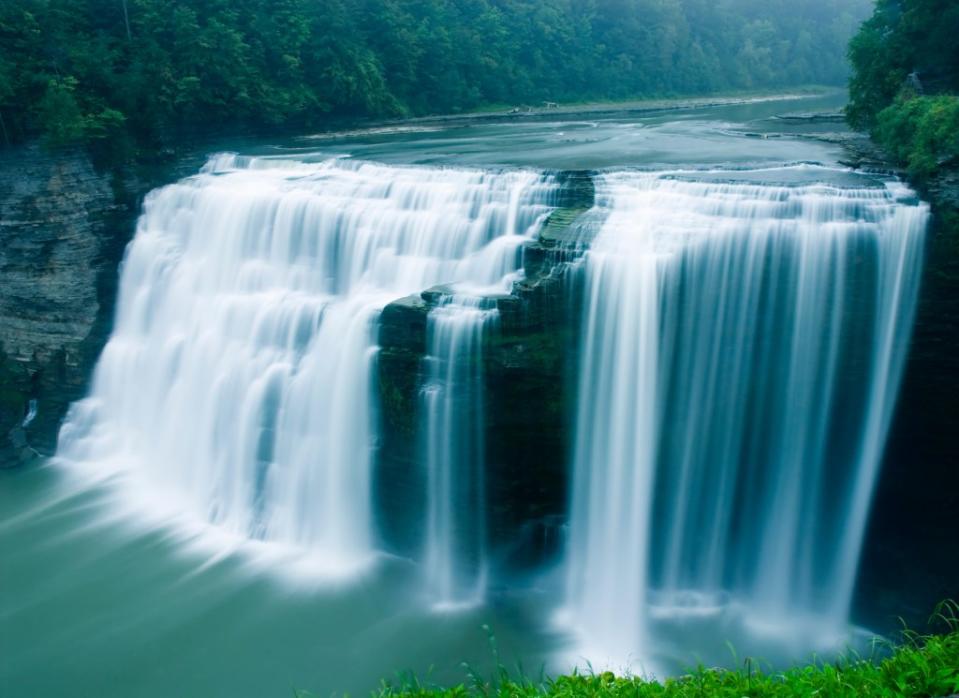
New Yorkers and their neighbors are in a prime position to catch the eclipse in its dark exaltation. About half of Upstate New York will fall in the path of totality on April 8th, as the eclipse will pass over Western New York, the Adirondacks, the North Country, most of the Finger Lakes, and part of Central New York.
As anyone who has ever lived Upstate can attest, clouds are commonplace and your best bet for beating them is to pray those bastards away and/or position yourself near a body of water like the Genesee River in Letchworth State Park.
Alternatively, get yourself out on a boat to see the corona reflected on one of New York’s Finger Lakes.
Texas Eclipse Festival, Burnet, Texas
If you’re independently wealthy enough to afford a plane ticket to Austin or froggy enough for a road trip, an epic cosmic celebration awaits at Texas Eclipse Festival.
Held on a ranch in Burnet, TX within the path of totality, the event features live music, a multiversal dome, holistic workshops in meditation and movement, keynote talks from astronauts and space explorers, psychedelic sessions, and an immersive art experience designed by the Meow Wolf collective.
Acid, art and astronauts? Can dig.
Cuyahoga National Park, Ohio
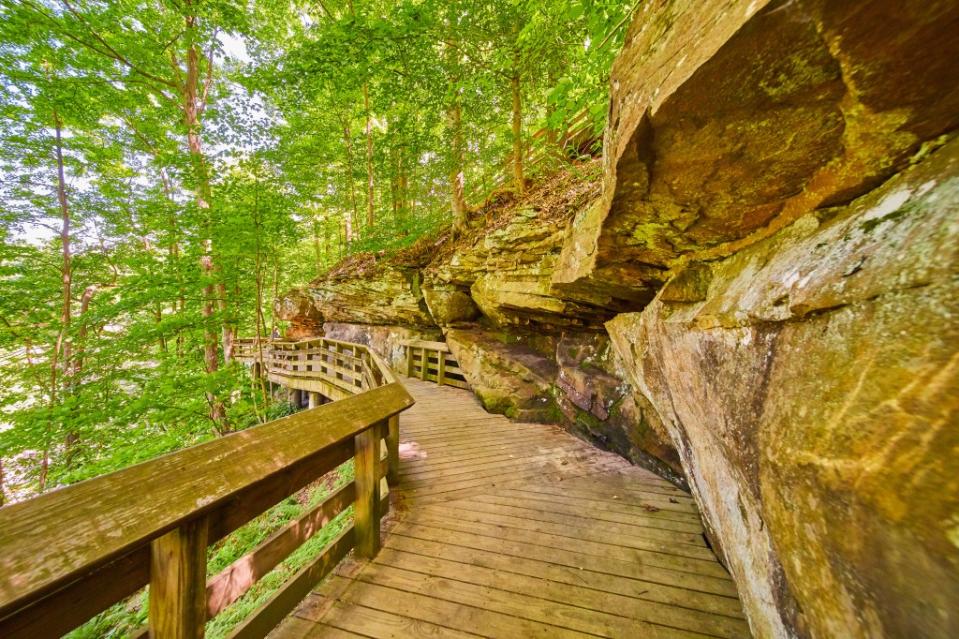
Located betwixt Akron and Cleveland, OH, beautiful Cuyahoga National Park is in the path of totality.
The park offers 33,000-acre of forests with 125 miles of trails and a scenic river to explore.
Cuyahoga is one of only two National Parks in the path of totality (band name), the other being Hot Spring National Park in Arkansas. As such, crowds are expected.
To save your spot and your sanity arrive early, plan to stay late and remember that watching the moon cover the sun in a gaping mass is a time-honored tradition among mortal men.
Be kind to your fellow travelers and pack plenty of snacks and patience.
Mazatlán, Mexico

One of the first glimpses of the eclipse in North America will be visible to those lucky enough to be looking up from beachy Mazatlán.
The city sits on Mexico’s west (Pacific) coast, where viewers will be blessed with more than four minutes of totality, come April 8th.
Of all the location contenders, Mazatlán is the most reliable weather-wise, as clouds are minimal and unobstructed views of the dark sun more likely.
Broke, out of range but still interested?
If you can’t make it to the edge of the eclipse or the coveted path of totality, may I suggest a livestream viewing and a reading of Taurus writer and national treasure Annie Dillard’s essay “Total Eclipse” — the piece captures the rapture of the sun going dark and includes such startling analogies as, “It was as though an enormous, loping god in the sky had reached down and slapped the Earth’s face.”
Here’s to violent gods and clear skies! Enjoy.
Astrologer Reda Wigle researches and irreverently reports back on planetary configurations and their effect on each zodiac sign. Her horoscopes integrate history, poetry, pop culture, and personal experience. She is also an accomplished writer who has profiled a variety of artists and performers, as well as extensively chronicled her experiences while traveling. Among the many intriguing topics she has tackled are cemetery etiquette, her love for dive bars, Cuban Airbnbs, a “girl’s guide” to strip clubs, and the “weirdest” foods available abroad.

